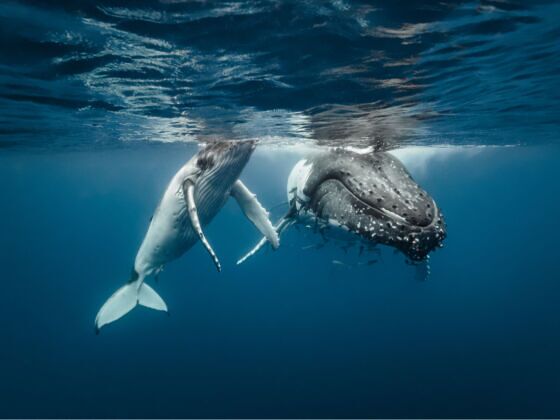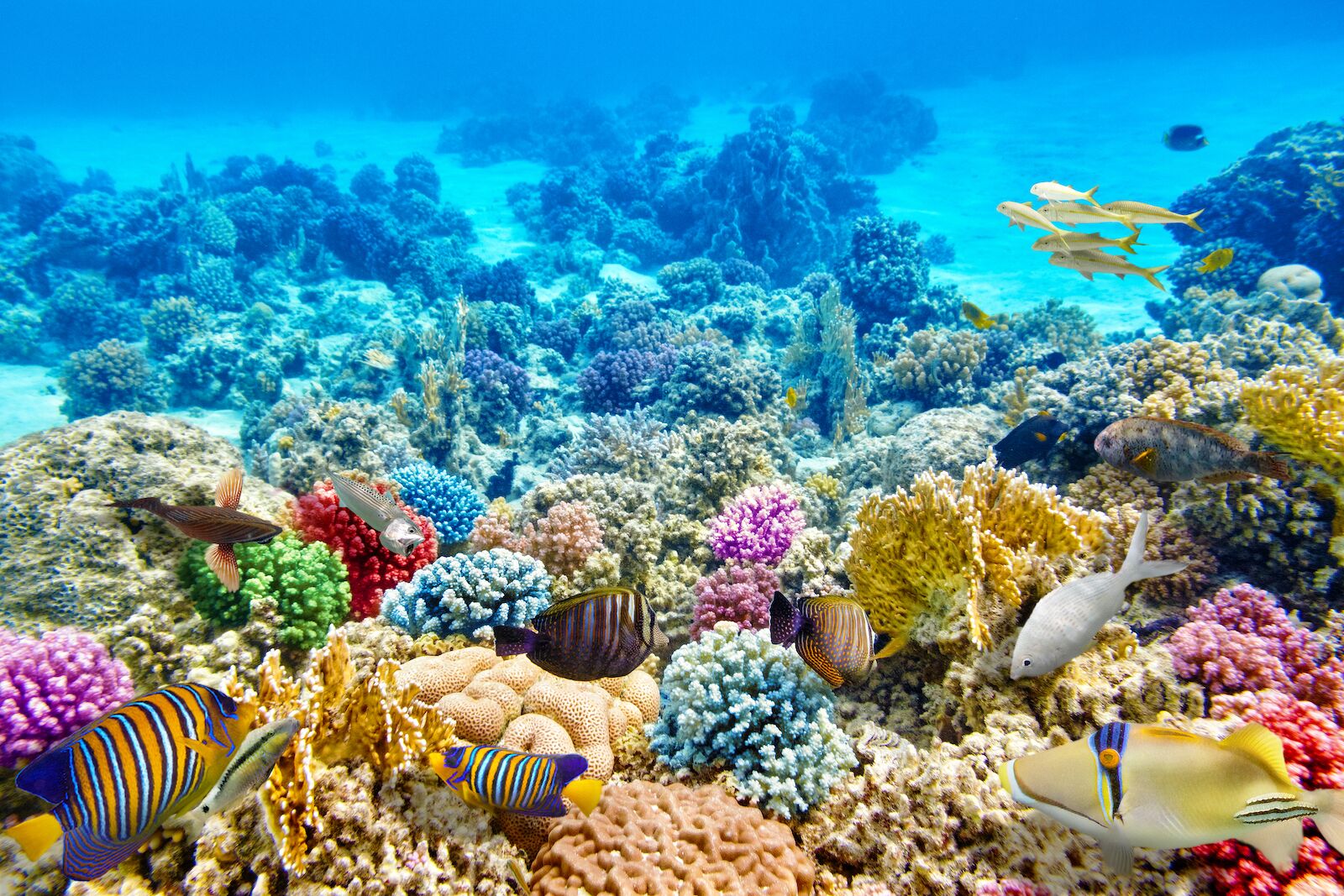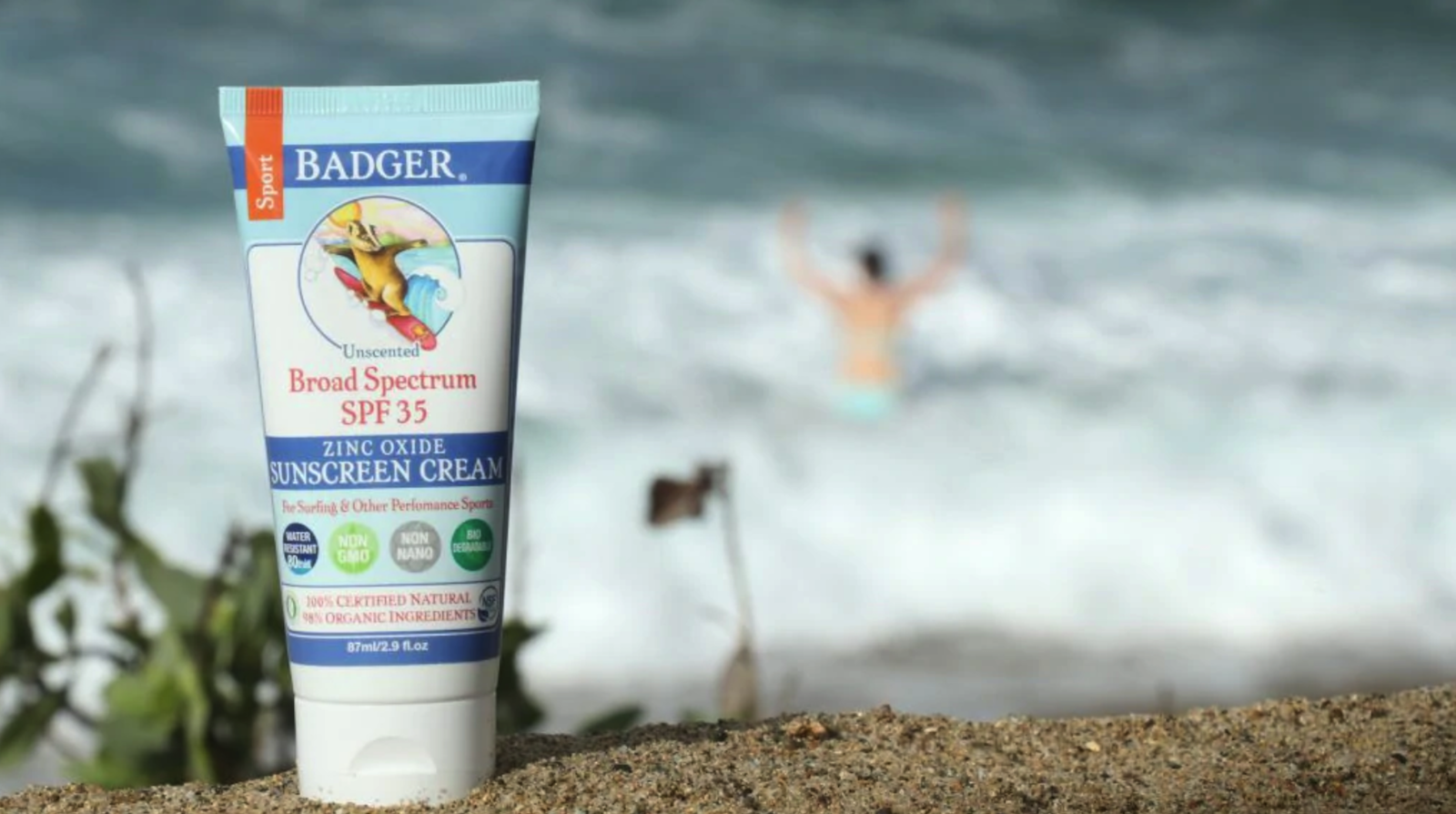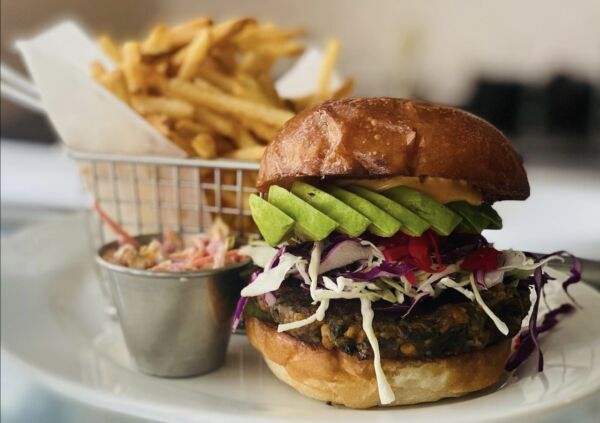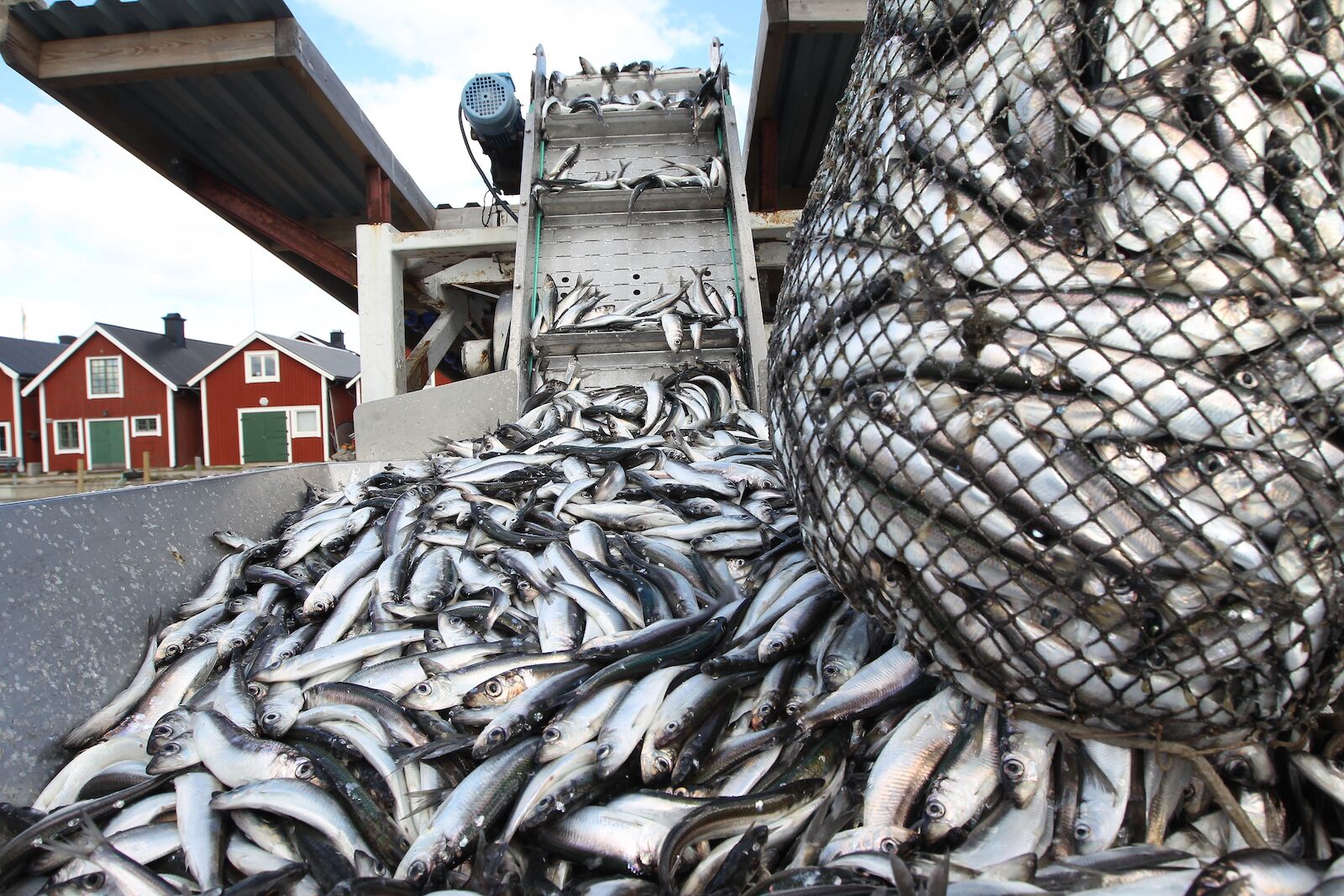June 8 is World Ocean Day, an opportunity for everyone to pause and appreciate the oceans that cover two-thirds of our planet — and maybe get out for a morning surf or swim.
It’s also the perfect time to take a moment to help the oceans that keep our global ecosystem functioning. World Ocean Day was first recognized by the United Nations General Assembly in 2008, and a non-profit operating under the same name is the steward of the annual awareness day. The latter works with global partners to support conservation efforts to protect the world’s oceans and underwater flora and fauna.
